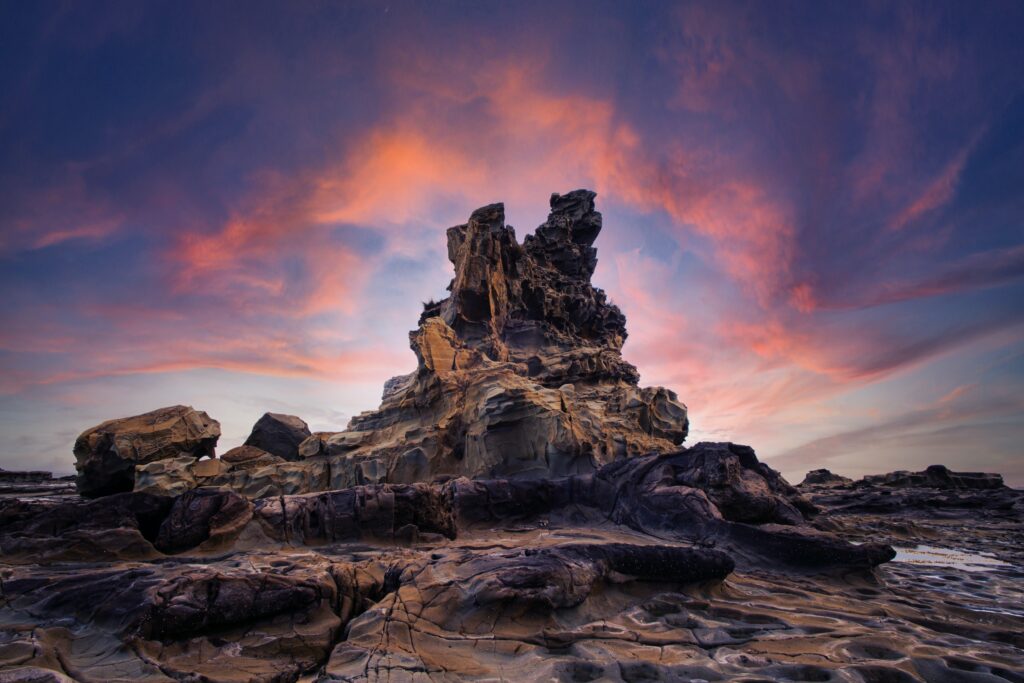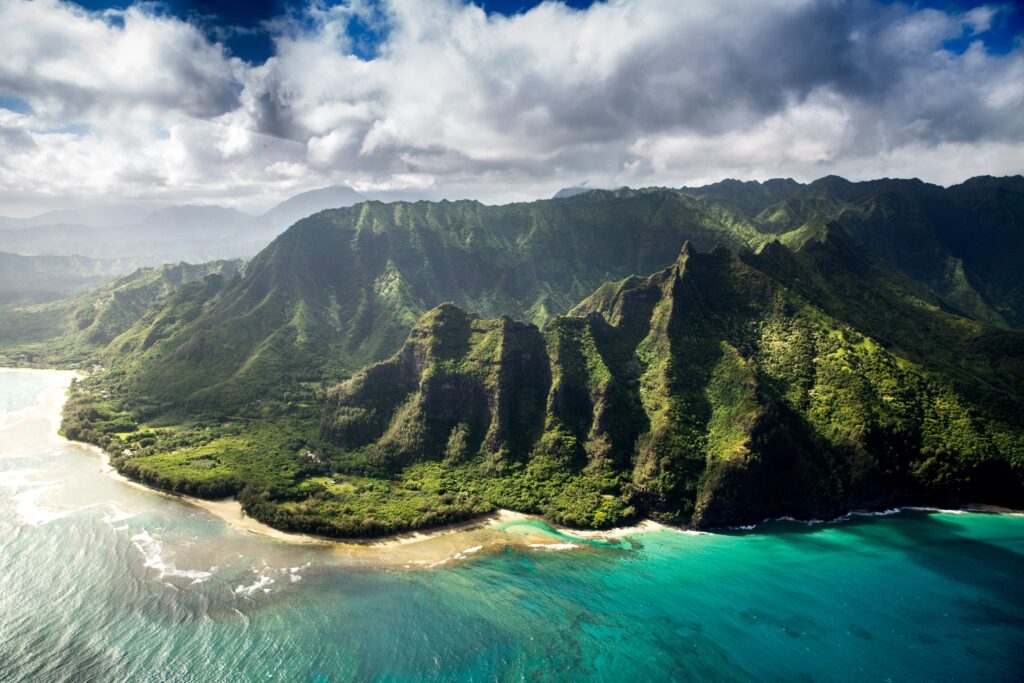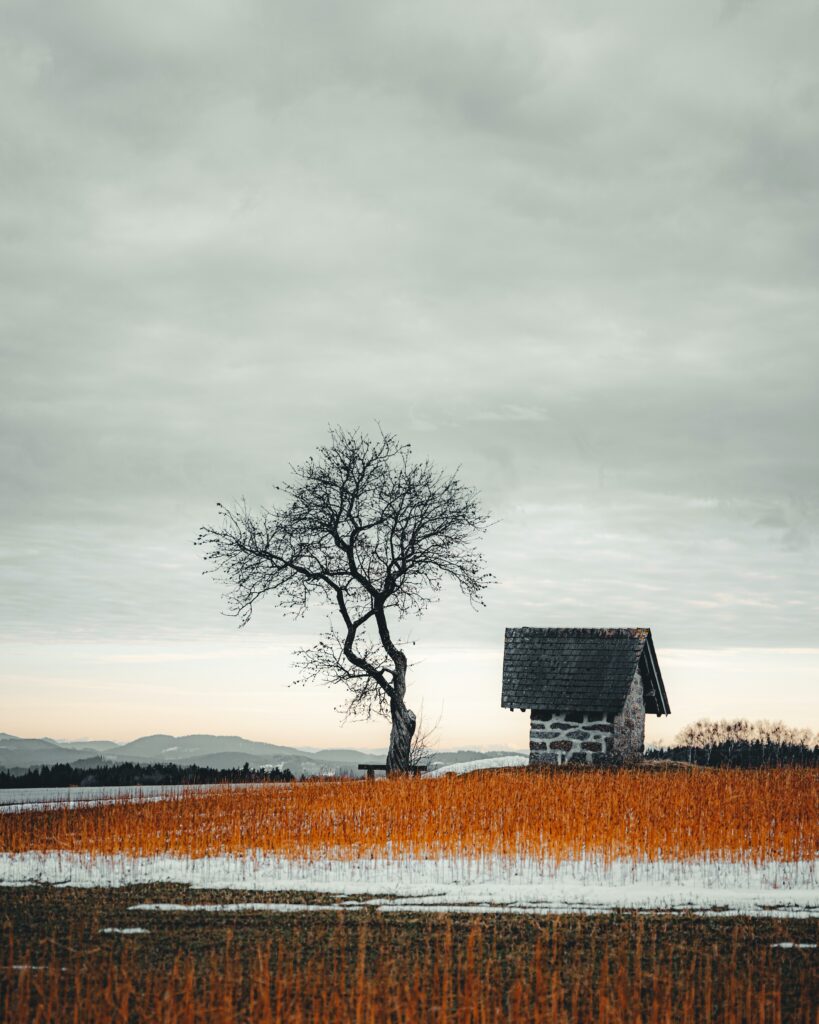Have you ever wanted to capture the beauty of nature in a photograph? Well, now is your chance to discover the art of landscape photography. This enriching and rewarding experience allows you to express your unique perspective and creativity through the lens of a camera. Whether you’re just starting out or looking to refine your skills, there are countless ways to embark on this creative journey. From learning about composition and lighting to exploring different techniques, landscape photography offers a world of possibilities to capture stunning images of the world around you. So grab your camera and let’s dive into the captivating world of landscape photography.

This image is property of images.unsplash.com.
Understanding Landscape Photography
What is landscape photography?
Landscape photography is a genre of photography that aims to capture the beauty and grandeur of the natural world. It involves capturing wide and vast landscapes, including mountains, rivers, forests, and other natural elements. The goal of landscape photography is to evoke a sense of awe and wonder in the viewer and to showcase the diversity and beauty of our planet.
Importance of landscape photography
Landscape photography is important for many reasons. Firstly, it allows us to appreciate and preserve the natural world. By capturing and sharing stunning landscape photographs, we can increase awareness and promote conservation efforts for our environment. Additionally, landscape photography provides a way to escape the hustle and bustle of daily life and immerse ourselves in the beauty of nature. It allows us to slow down and appreciate the awe-inspiring landscapes that surround us.
Equipment for Landscape Photography
Choosing the right camera
When it comes to landscape photography, the camera you choose is crucial. While professional-grade DSLR cameras are often preferred by landscape photographers for their versatility and image quality, you don’t necessarily need an expensive camera to get started. Many entry-level DSLR or mirrorless cameras have excellent image quality and features that are sufficient for landscape photography. It’s important to consider factors such as resolution, dynamic range, and weather sealing when selecting a camera for landscape photography.
Lenses for landscape photography
Choosing the right lens for landscape photography is just as important as choosing the right camera. Wide-angle lenses are popular among landscape photographers because they allow you to capture a wider field of view, emphasizing the vastness and depth of landscapes. Prime lenses with focal lengths between 14mm and 24mm are commonly used for landscape photography. However, telephoto lenses can also be useful for capturing compressed perspectives and isolating specific elements within a landscape.
Essential accessories
In addition to a camera and lenses, there are several essential accessories that can enhance your landscape photography. A sturdy tripod is essential for capturing sharp images, especially in low light conditions or when using long exposure techniques. Neutral density filters and polarizing filters are also valuable tools for managing light and enhancing the colors and contrast in your landscape photos. Additionally, a remote shutter release cable can minimize the risk of camera shake, particularly when using longer exposures.
Composition Techniques
Rule of thirds
The rule of thirds is a fundamental composition technique in landscape photography. It involves dividing the frame into a grid of nine equal parts using two horizontal and two vertical lines. The main subject or point of interest should be placed along these lines or at their intersections, rather than in the center of the frame. This technique creates a more visually appealing and balanced composition.
Leading lines
Leading lines are another powerful composition technique in landscape photography. They can be natural elements such as rivers, roads, or fences, or they can be man-made objects like paths or railway tracks. Leading lines help guide the viewer’s eye into the image and create depth and perspective, making the photograph more engaging and dynamic.
Foreground and background
To create a sense of depth and dimension in landscape photography, it’s important to pay attention to both the foreground and the background. Including a visually interesting element in the foreground can help lead the viewer’s eye into the image and provide a sense of scale. Meanwhile, a captivating background can add context and beauty to the overall composition.
Framing
Framing is a composition technique that involves using natural or man-made elements to frame the main subject in a photograph. By doing so, you can draw attention to the subject and create a more layered and interesting composition. Examples of framing elements in landscape photography include tree branches, archways, or rock formations.
Symmetry and balance
Symmetry and balance can add a sense of harmony and tranquility to landscape photographs. Look for naturally occurring symmetrical scenes such as reflections in water or perfectly aligned rows of trees. Experiment with balancing elements on both sides of the frame to create a visually pleasing composition.
Understanding Light in Landscape Photography
Golden hour and twilight
The golden hour, also known as the magic hour, refers to the period right after sunrise and before sunset when the light is soft, warm, and diffused. It creates a beautiful golden glow that adds a special quality to landscape photographs. Twilight, on the other hand, occurs before sunrise and after sunset and is characterized by soft, cool-toned light. Both the golden hour and twilight offer ideal lighting conditions for capturing stunning landscape photos.
Using natural light
Natural light plays a crucial role in landscape photography. Understanding how different types of light, such as direct sunlight, diffused light, and backlighting, can affect your images is essential. Direct sunlight can create strong shadows and high contrast, while diffused light on overcast days can provide a soft and even lighting. Backlighting can add depth and drama to your photos, especially when capturing subjects such as silhouettes or sunbursts.
Artificial lighting techniques
While landscape photography primarily relies on natural light, there may be situations where you want to introduce artificial lighting to enhance the mood or highlight specific elements in your composition. Using a flashlight or a portable LED light can help you illuminate certain areas of the scene or add creative effects. Carefully balancing the artificial light with the natural lighting conditions is crucial to maintain a natural-looking image.

This image is property of images.unsplash.com.
Planning and Preparing for a Landscape Shoot
Researching locations
Before heading out for a landscape photography shoot, it’s important to research and plan your locations. Use online resources, guidebooks, or even social media platforms to discover beautiful landscapes. Look for popular spots as well as hidden gems that may offer unique perspectives. Consider factors such as accessibility, safety, and the best time of year to visit each location.
Checking weather conditions
The weather can greatly impact the mood and atmosphere of your landscape photographs. Keep an eye on weather forecasts to plan your shoots accordingly. Cloudy or stormy weather can add drama and texture to your images, while clear skies can create vibrant colors during sunrise or sunset. Be prepared for different weather conditions and pack appropriate gear to protect yourself and your equipment.
Understanding the golden hour
The golden hour, as mentioned earlier, is a prime time for landscape photography. Understanding when the golden hour occurs in your specific location is essential for capturing the best possible images. Make sure to arrive at your chosen location well in advance to set up your gear and scout for compositions. The golden hour can be relatively short, so being prepared and knowing the right time to start shooting is crucial.
Tips for Capturing Stunning Landscapes
Finding unique perspectives
To make your landscape photographs stand out, try to find unique perspectives or viewpoints. Experiment with different angles, heights, and focal lengths to showcase the landscape in a fresh and interesting way. This could involve getting down low to capture a foreground element or hiking to an elevated vantage point to capture a bird’s eye view. Remember to explore your surroundings and look for hidden details that others may overlook.
Using long exposures
Long exposure photography is a popular technique in landscape photography. By using a slow shutter speed, you can capture movement in your images, such as flowing water or drifting clouds. This technique can create a sense of calmness and smoothness in your photographs. To achieve long exposures, you will need a tripod to keep your camera stable, and you may also require neutral density filters to reduce the amount of light entering the camera.
Using filters to enhance landscapes
Filters are valuable tools that can help you enhance landscapes straight out of the camera. Neutral density filters allow for longer exposures and can create a sense of motion in water or clouds. Graduated neutral density filters can help balance exposure between the sky and the foreground, especially during high-contrast situations. Polarizing filters reduce glare and reflections, enhance colors, and increase overall contrast in your images.
Creating depth and dimension
Adding depth and dimension to your landscape photographs can make them more visually engaging. You can achieve this by incorporating elements in the foreground, middle ground, and background of your composition. This technique provides a sense of scale and allows the viewer’s eye to travel through the image. Experiment with different focal lengths and positioning to create depth and dimension in your photos.

This image is property of images.unsplash.com.
Post-Processing Techniques for Landscape Photography
Understanding RAW files
Shooting in RAW format allows you to retain the maximum amount of data from your camera’s sensor, providing greater flexibility during post-processing. RAW files contain more colors and details compared to JPEG files and allow for non-destructive editing. While they require processing using software like Adobe Lightroom or Photoshop, shooting in RAW provides more control over the final image.
Basic adjustments in Lightroom or Photoshop
Post-processing landscape photographs typically involves making basic adjustments to enhance the image. This may include adjusting exposure, contrast, and saturation, as well as cropping and straightening the composition. Utilizing the various tools and settings in software like Lightroom or Photoshop can help you bring out the best in your images while maintaining a natural and realistic look.
Advanced editing techniques
Once you have mastered the basics of post-processing, you can explore more advanced editing techniques to further enhance your landscape photographs. This may involve selective adjustments to specific areas of the image, using adjustment brushes or graduated filters. You can also experiment with techniques like focus stacking for improved depth of field or exposure blending for high dynamic range scenes. However, it’s important to maintain a balance and avoid over-editing, ensuring that your final image remains true to the original scene.
Creating a Personal Style in Landscape Photography
Developing a unique vision
Creating a personal style in landscape photography involves developing a unique vision and perspective. Take the time to reflect on what draws you to certain landscapes and how you want to convey that in your photographs. Explore different subjects, techniques, and styles to discover what resonates with you. By infusing your images with your own vision and emotions, you can create a distinctive body of work that sets you apart as a landscape photographer.
Experimenting with different techniques
Don’t be afraid to step out of your comfort zone and experiment with different techniques and approaches to landscape photography. This may involve trying new compositional techniques, utilizing different lighting conditions, or even exploring alternative photography methods such as aerial or infrared photography. The more you explore and push the boundaries of your creativity, the more you will develop your own unique style.
Finding inspiration from other photographers
Finding inspiration from other photographers is an excellent way to fuel your own creativity and discover new possibilities in landscape photography. Look for photographers whose work resonates with you and study their techniques, compositions, and use of light. However, it’s important to find inspiration without copying. Use what you learn from others to inspire and inform your own creative journey.

Dealing with Challenges in Landscape Photography
Weather conditions
Weather conditions can be unpredictable, and they often present challenges in landscape photography. This may include harsh sunlight, rain, fog, or extreme temperatures. Embrace these challenges as opportunities to experiment and adapt your photography techniques. For example, rainy or foggy conditions can create a moody and atmospheric atmosphere, while diffused light on overcast days can be ideal for photographing waterfalls or close-up details.
Dealing with harsh light
Harsh light, such as direct sunlight during midday, can create strong shadows, high contrast, and washed-out colors in landscape photographs. To overcome this challenge, consider shooting during the golden hour or twilight when the light is softer and more flattering. Alternatively, look for shaded areas or use diffusers to soften the harsh light. You can also use techniques like bracketing or HDR to capture a wider dynamic range of the scene and blend multiple exposures together during post-processing.
Handling dynamic range
Landscape scenes often have a wide dynamic range, with bright highlights and deep shadows. This can make it challenging to capture all the details in a single exposure. To handle this, you can use techniques such as exposure bracketing, where you take multiple exposures at different settings to capture the full dynamic range. Later, you can merge these exposures using software or manually blend them to create a well-exposed image that retains details in both the highlights and shadows.
Sharing and Showcasing Your Landscape Photographs
Using social media platforms
In today’s digital age, social media platforms provide an excellent way to share and showcase your landscape photographs. Platforms like Instagram, Facebook, and Twitter allow you to reach a wide audience and connect with fellow photographers and enthusiasts. Utilize hashtags, engage with other users, and maintain a consistent presence to grow your following and gain exposure for your work.
Creating a portfolio
Creating a portfolio is a more traditional and comprehensive way to showcase your best landscape photographs. Whether in physical form or on a website, a portfolio allows you to curate and present your work in a cohesive and professional manner. Select your strongest images and arrange them in a way that tells a story or showcases your unique style. Include captions or descriptions to provide context and insight into your creative process.
Entering photography competitions
Participating in photography competitions can provide valuable feedback, recognition, and exposure for your landscape photography. Research and submit your work to reputable photography competitions that align with your style and goals. Pay attention to the submission guidelines, submit your strongest images, and carefully consider the categories you enter. Even if you don’t win, the process of selecting and submitting your work can help you grow as a photographer and gain valuable exposure.


